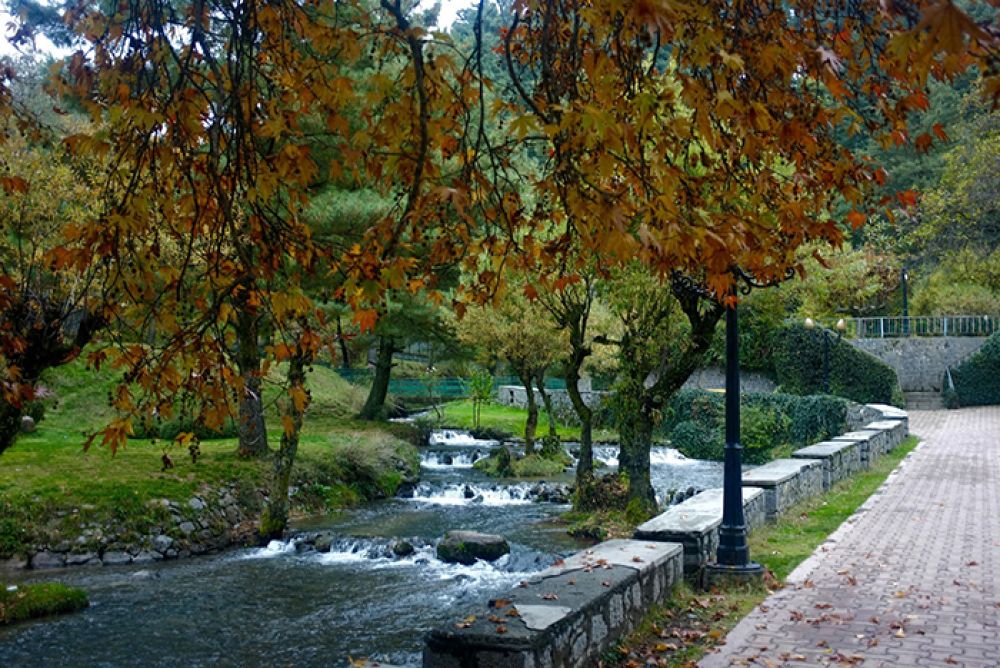

Kokarnag, a town situated in the Anantnag district of Kashmir, India, is renowned for its breathtaking natural beauty, mineral-rich waters, and lush gardens. With a history dating back centuries, Kokarnag has always captured the attention of travelers for its serene environment and therapeutic qualities.
The origins of Kokarnag as a tourist destination are enmeshed with the history of Kashmir itself. The region has been renowned since ancient times for its scenic splendor and was a favored retreat for Mughal emperors. Its name, allegedly derived from 'Koker' (chicken) and 'Nag' (springs), stems from the shape of a spring that flows here, likened to a chicken's claw.
During the Mughal era, Kokarnag saw the establishment of various gardens and pavilions. Emperors such as Jahangir were known to be enamored by the valley's beauty, including the pristine waters of Kokarnag, leading to an increase in its fame as a relaxing and scenic spot.
In the British colonial period, Kokarnag continued to be a popular summer retreat for officials and travelers. This era witnessed the introduction of new travel infrastructures like roads and rest houses which made the valley more accessible to tourists.
Kokarnag's potential for tourism was recognized by the government post-independence, and efforts were made to develop it into a modern tourist destination. Development of parks, recreation areas, and improvement in connectivity were prioritized to attract tourists.
Ecotourism has become a significant trend in Kokarnag as tourists seek to explore its natural environment responsibly. The Botanical Garden and Rose Garden in Kokarnag are places where tourists can observe a diverse range of flora and feel close to nature.
Adventure Tourism is also becoming popular, with visitors engaging in trekking, camping, and fishing. The verdant landscapes and rich water bodies provide perfect settings for such activities.
Cultural Tourism is fueled by a growing interest in the local heritage and traditional Kashmiri lifestyle. Tourists are increasingly looking to immerse themselves in the culture through local cuisine, crafts, and festivals.
Wellness Tourism has roots that go back to ancient times due to the mineral-rich waters of the spring. Tourists come for the therapeutic properties associated with the springs, seeking relaxation and health benefits.
Despite challenges, such as political instability in the region that has affected inflow at times, Kokarnag continues to draw visitors with its promise of tranquility and natural splendor. Efforts to promote sustainable and responsible tourism are ongoing, with the aim to preserve Kokarnag's pristine environment for future generations.
With initiatives to further develop infrastructure and amenities while preserving its ecological integrity, Kokarnag aspires to remain a beloved destination for tourists from around the world.